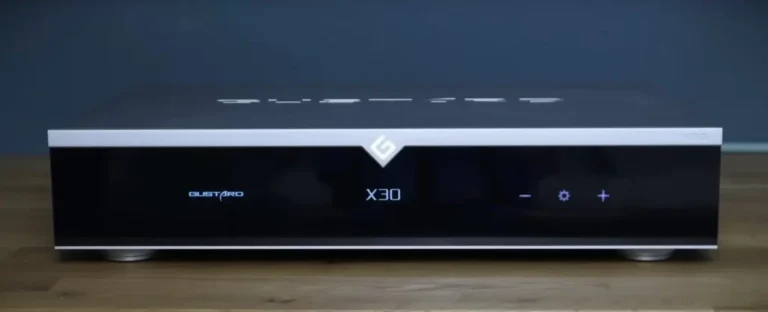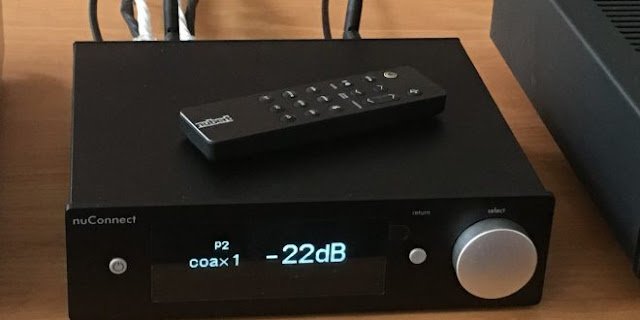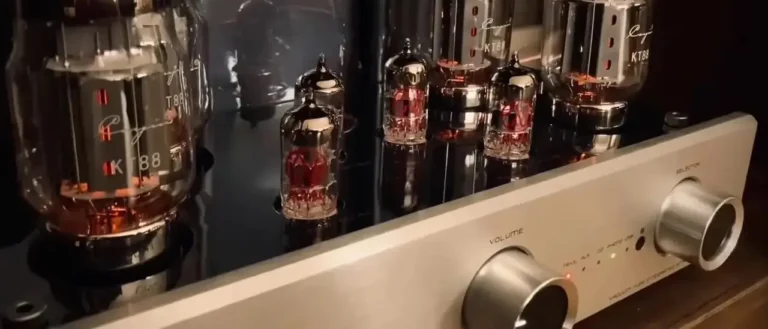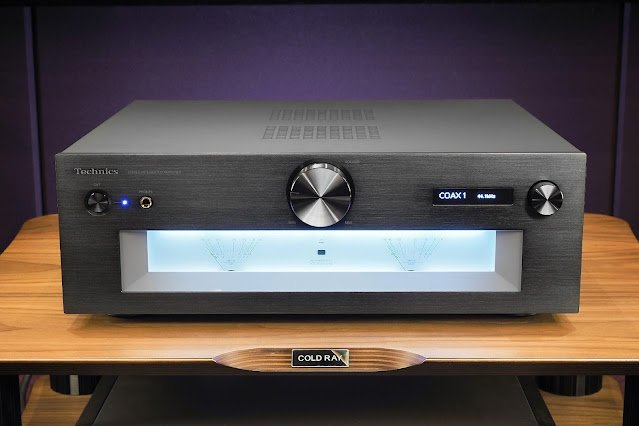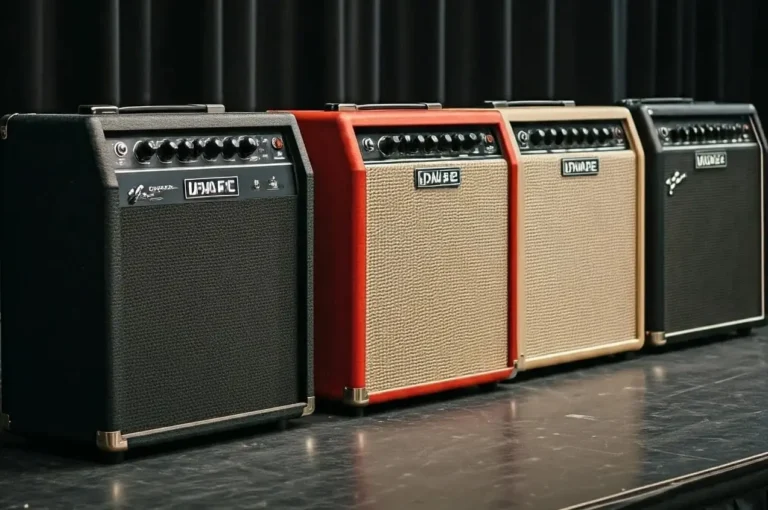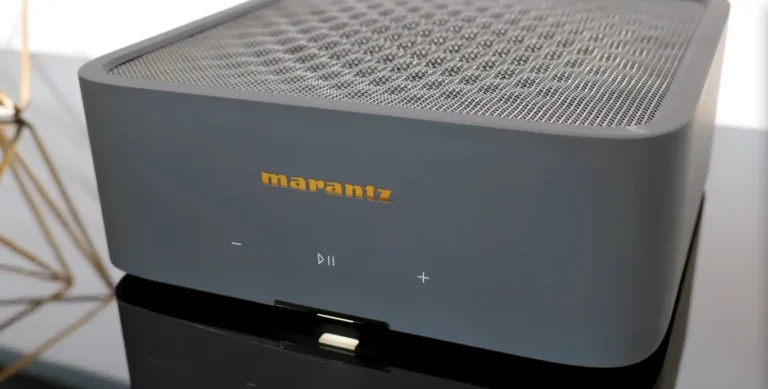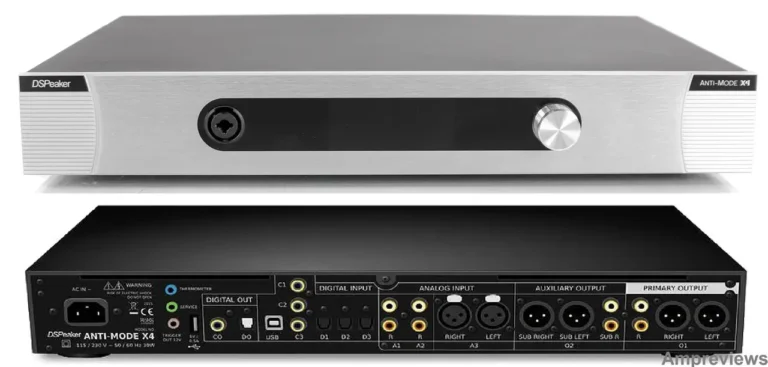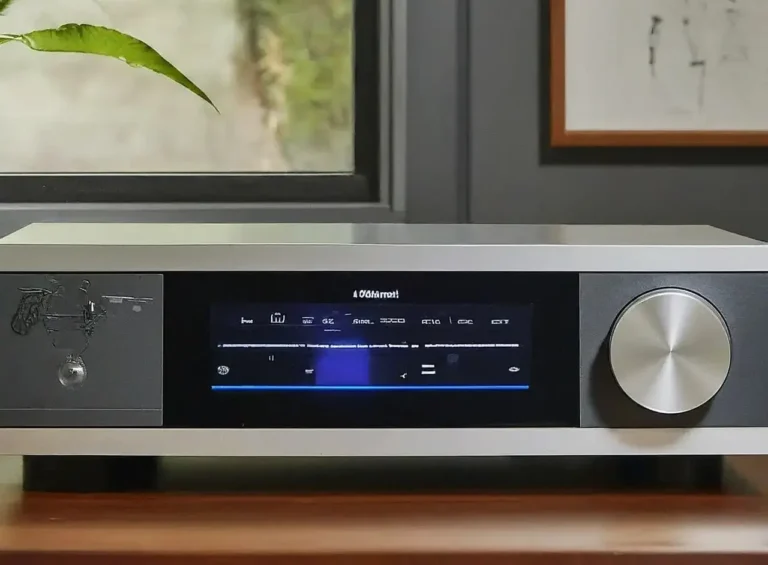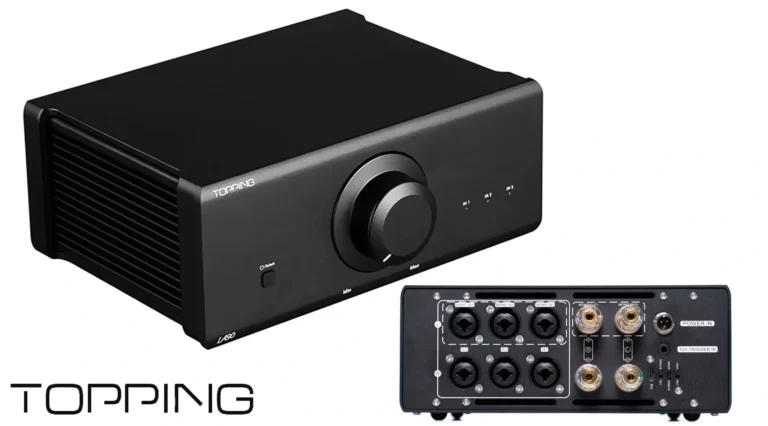Gustard X30 Review: Best DAC and Streamer
Are you ready to take your audio experience to the next level? I’ve been writing the Gustard X30 Review, and I have to say, this piece of equipment is seriously impressive. If you’re an audiophile or even just someone who wants to get the best sound possible, you’ll want to hear about this. So, what’s…

